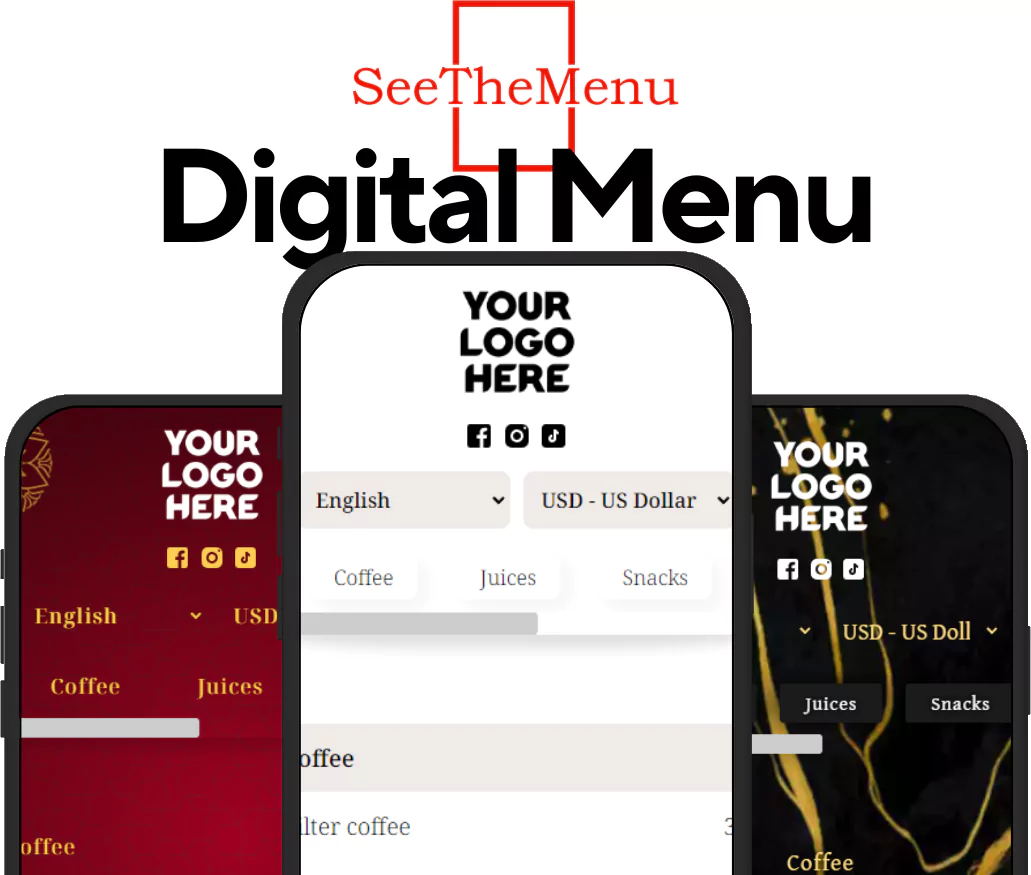The Future of Dining: How Digital Menus are Transforming Restaurants
Date:13/06/2024

In recent years, the restaurant industry has witnessed a significant transformation driven by technology. Among the various innovations, digital menus stand out as a pivotal development, reshaping the way restaurants operate and enhancing the dining experience for customers. This blog post explores how digital menus are revolutionizing the restaurant scene, offering insights into their benefits, adoption challenges, and the profound impact they have on both diners and business owners.
The Rise of Digital Menus: The concept of digital menus is not entirely new, but its adoption has accelerated with the advancements in mobile technology and the increased demand for contactless services spurred by global health concerns. Initially seen as a novelty, digital menus have now become a necessity in many eateries, from high-end restaurants to casual diners.
Enhancing Customer Experience: Digital menus offer a dynamic and interactive way for customers to view and select their meals. With features such as high-resolution images, detailed descriptions, and personalized recommendations, these menus make the ordering process more engaging and informative. Furthermore, the integration of language translation services and real-time currency conversion caters to a global clientele, breaking down barriers that traditional menus could not.
Operational Efficiency and Accuracy: For restaurant owners, digital menus provide significant operational benefits. They can be updated instantly without the need to reprint physical menus, allowing for the seamless introduction of new items or adjustment of prices in response to market changes. Additionally, digital menus reduce the likelihood of order errors and improve communication between the kitchen and service staff, leading to faster service and enhanced customer satisfaction.
Sustainability and Cost-Effectiveness: Digital menus are an eco-friendly alternative to paper menus. By reducing the need for printed materials, restaurants can decrease their environmental footprint and operational costs. The longevity and reusability of digital menus also mean that restaurants can invest more in quality content and design, adding value to the customer’s dining experience.
Data-Driven Insights: One of the most significant advantages of digital menus is their ability to collect and analyze data on customer preferences and behavior. This data can be invaluable for restaurant management, helping to tailor menu offerings, optimize table turnover rates, and develop marketing strategies that resonate with the target audience.
Challenges in Adoption: Despite the advantages, the transition to digital menus can pose challenges, particularly for smaller establishments. The initial setup and maintenance costs, the need for reliable technology infrastructure, and the training required for staff are significant considerations. Additionally, ensuring accessibility for all customers, including those less comfortable with digital technology, remains a priority.
Conclusion: As we look to the future, digital menus are set to become even more sophisticated, with integrations such as artificial intelligence to predict customer preferences and augmented reality to visualize dishes. The evolution of digital menus reflects a broader trend towards smarter, more connected dining experiences. For restaurants, staying ahead of these technological curves will be key to attracting modern consumers who value convenience, information, and sustainability.
